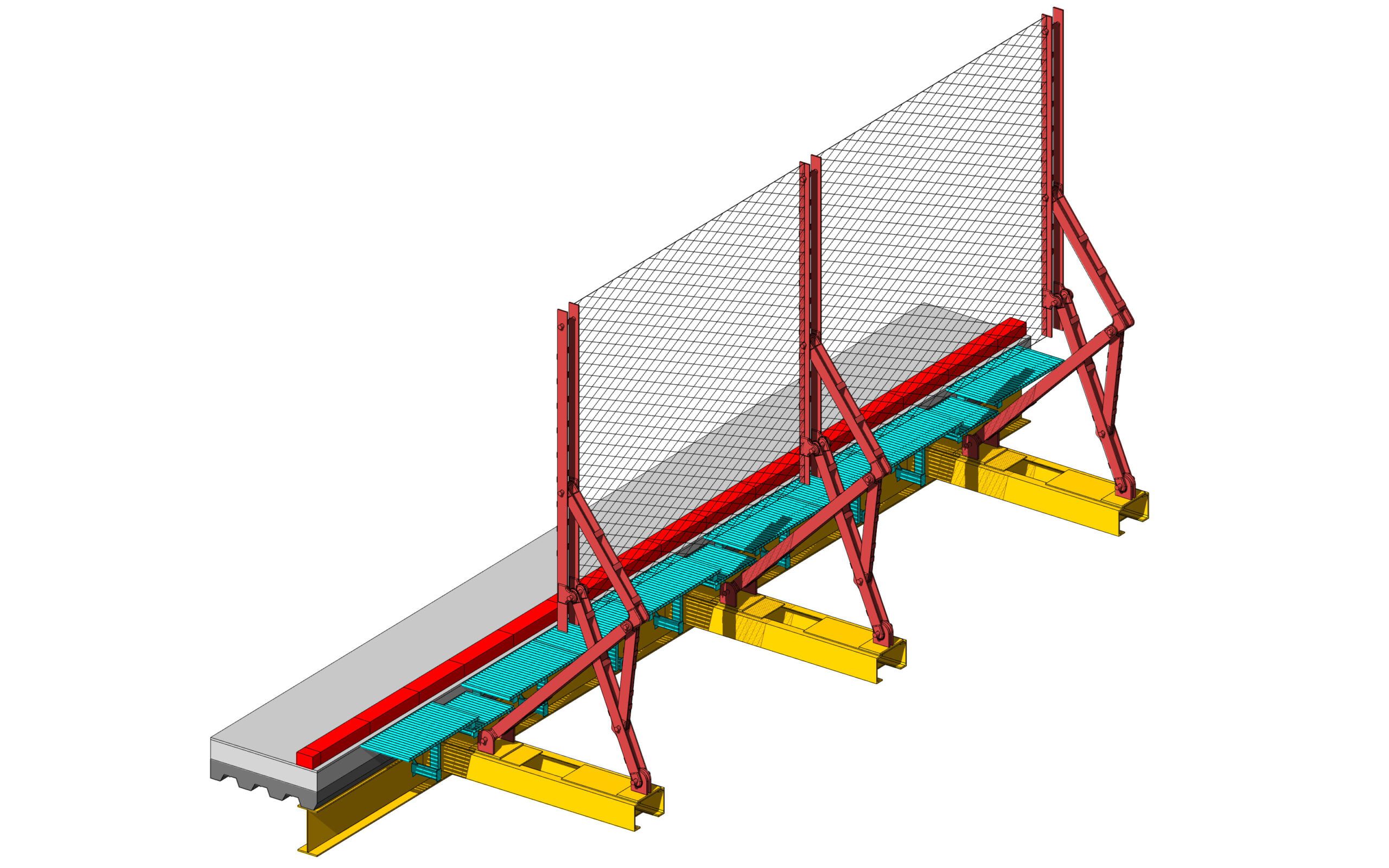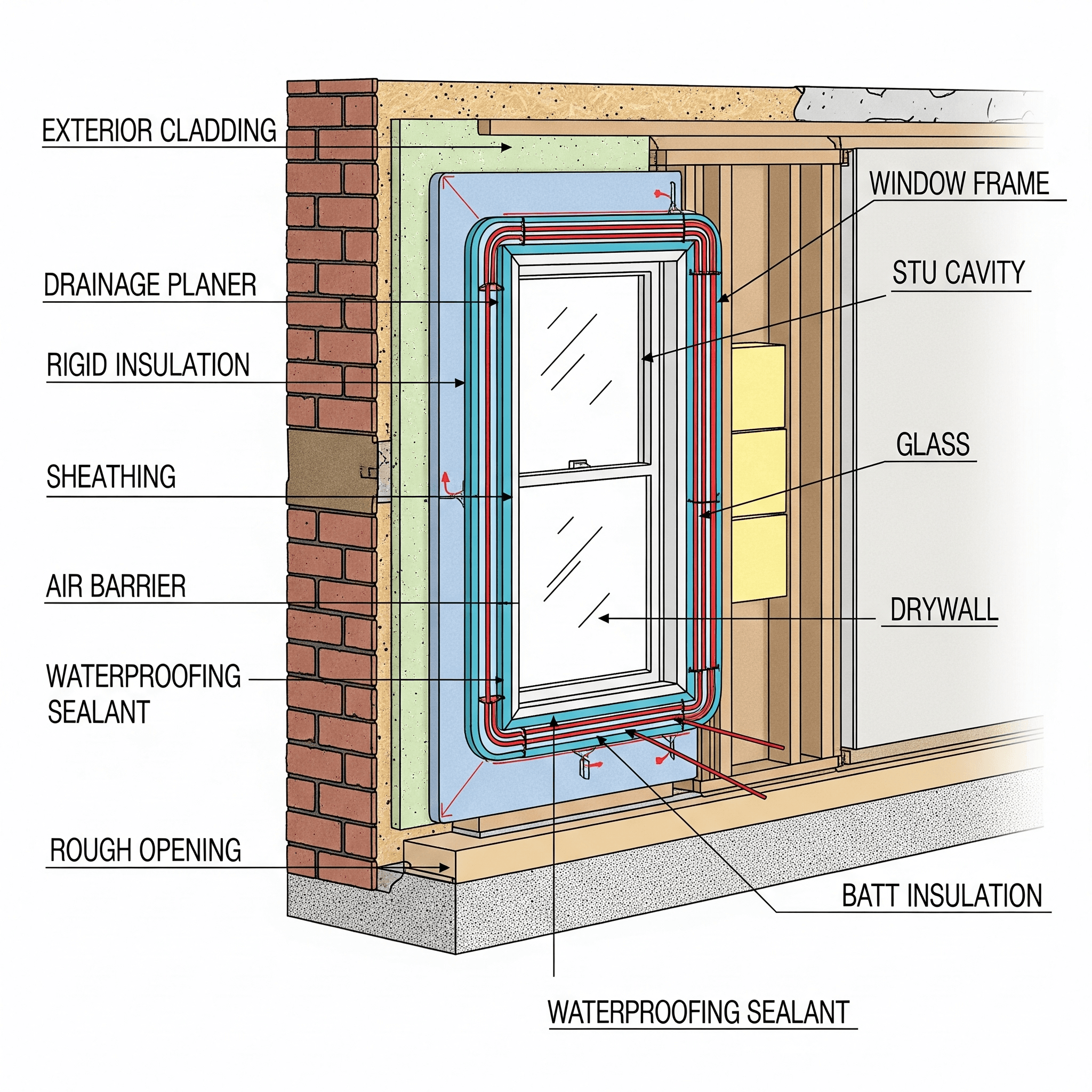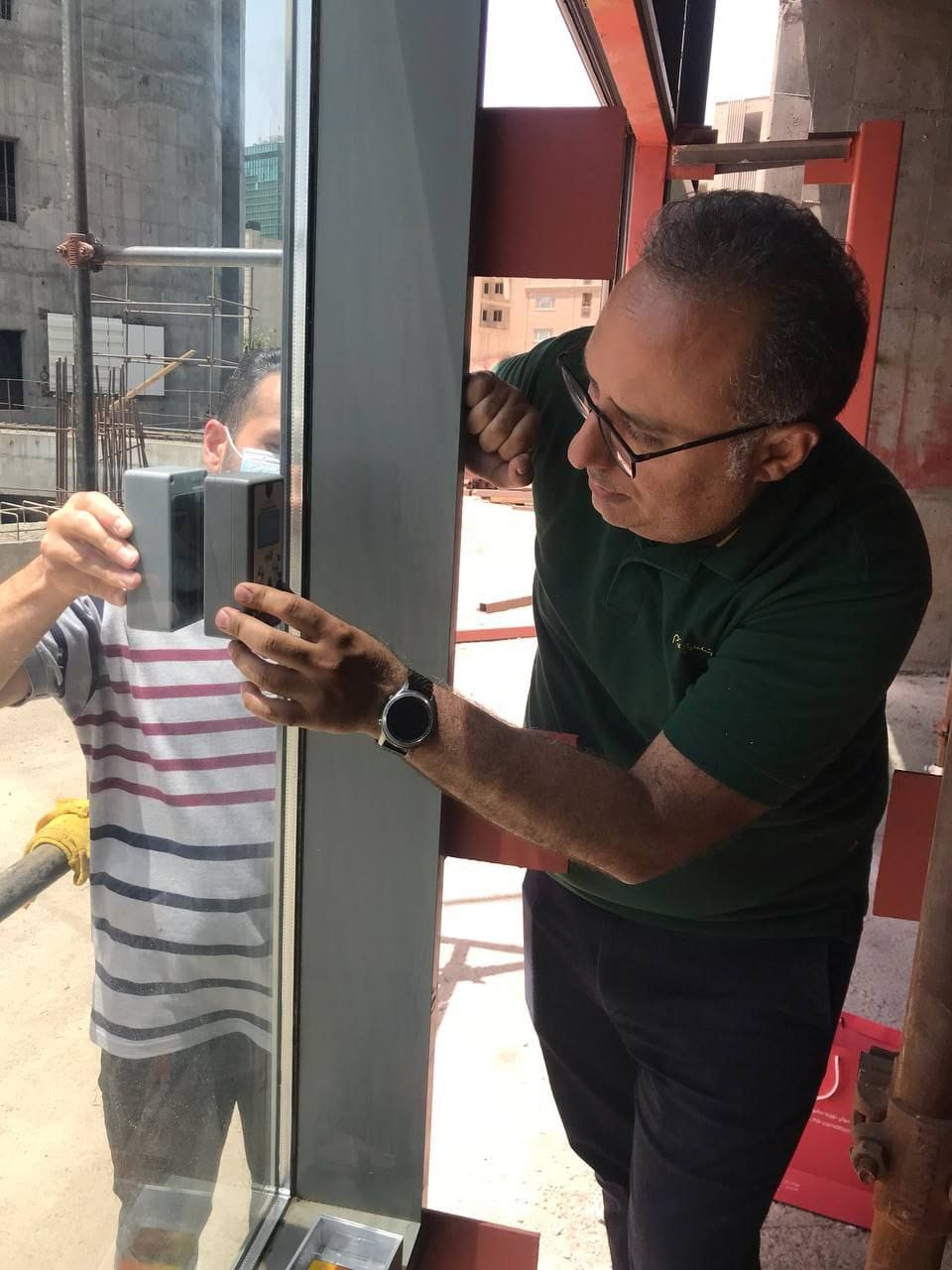نماهای تعاملی: عصر جدیدی در بیان معماری
نماهای تعاملی توسعه نسبتاً جدید و هیجانانگیزی در زمینه معماری هستند. آنها نماهای ساختمانی هستند که میتوانند به محیط و افرادی که با آنها تعامل دارند پاسخ دهند. این کار میتواند از طریق روشهای مختلفی مانند تغییر رنگ، شکل یا بافت انجام شود. نماهای تعاملی میتوانند برای ایجاد انواع اثرات، از کاملاً زیباییشناختی تا بسیار کاربردی استفاده شوند.
تاریخچه نماهای تعاملی
مفهوم نماهای تعاملی از قرنها پیش وجود داشته است. در روزهای اولیه، معماران از مکانیزمهای ساده مانند قرقرهها و اهرمها برای ایجاد نماهایی که میتوانستند حرکت کنند یا شکل خود را تغییر دهند استفاده میکردند. با این حال، تا زمان ظهور فناوری مدرن، نماهای تعاملی واقعاً ممکن نشدند.
در دهههای 1960 و 1970، معماران شروع به آزمایش با استفاده از الکترونیک و کامپیوترها برای کنترل حرکت نماهای ساختمان کردند. یکی از معروفترین نمونههای این است مرکز پمپیدو در پاریس، فرانسه. نمای مرکز پمپیدو از یک سری پانلهای متحرک تشکیل شده است که میتوانند باز و بسته شوند تا اثرات مختلفی ایجاد کنند.
در سالهای پس از ساخت مرکز پمپیدو، نماهای تعاملی به طور فزایندهای محبوب شدهاند. آنها در طیف وسیعی از ساختمانها، از موزهها و کتابخانهها گرفته تا ساختمانهای اداری و مراکز خرید استفاده شدهاند.
معماران معروفی که نماهای تعاملی را پیادهسازی کردهاند
برخی از معروفترین معمارانی که نماهای تعاملی را در کار خود پیادهسازی کردهاند عبارتند از:
ژان نوول: مرکز پمپیدو در پاریس، فرانسه
فرانک گری: موزه گوگنهایم در بیلبائو، اسپانیا
زاها حدید: اپرای گوانگژو در گوانگژو، چین
رم کولهاس: کتابخانه عمومی سیاتل در سیاتل، واشنگتن
مشکلاتی که نماهای تعاملی با آن مواجه هستند
نماهای تعاملی میتوانند برای طراحی و ساخت پیچیده و گران باشند. آنها همچنین به نگهداری و تعمیرات مداوم نیاز دارند. علاوه بر این، تعدادی از مشکلات بالقوه وجود دارد که میتواند با نماهای تعاملی رخ دهد، مانند:
مشکلات فنی: نماهای تعاملی به طیف وسیعی از اجزای الکترونیکی و مکانیکی تکیه دارند، که میتوانند از کار بیفتند.
مشکلات زیستمحیطی: نماهای تعاملی میتوانند تحت تأثیر شرایط آب و هوایی مانند باد، باران و یخ قرار گیرند.
خطای انسانی و ایمنی نما : نماهای تعاملی میتوانند توسط افرادی که نمیدانند چگونه از آنها به درستی استفاده کنند آسیب ببینند.
پوسته تعاملی پروژه مهرآفرین

پروژه مهرآفرین یک برج مسکونی در تهران است. معمار ساختمان، آقای مهندس نیکبخت از معماران معروف ایرانی، خواستار استفاده از هلیپد روی بام به عنوان زمین تنیس ضمن حفظ کارکرد آن به عنوان هلیپد بود. آلوم گلاس، یک مشاور نما، برای طراحی یک حصار تعاملی برای هلیپد استخدام شد. حصار باید قادر به باز و بسته شدن به سرعت و به راحتی باشد و باید قادر به تحمل شرایط آب و هوایی سخت در تهران باشد و موقعی که مکانیزم بسته میشد نبایستی بیشتر از 20 سانت از زمین فاصله میگرفت.
آلومگلاس تمام مکانیزمهایی که میتوانستند استفاده شوند را بررسی کرد و سعی کرد هر مشکلی که ممکن است در آب و هوای تهران رخ دهد مانند یخ، باد …. را پیشبینی کند. همچنین مشکلاتی نظیر احتمال عدم رسیدگی به موقع و روغن کاری مکانیزم ها نیز تا حد زیادی حل شد و طراحی نهایی برای حصار شامل یک سری پانلهای متحرک بود که از یک چارچوب آلومینیومی سبک و یک پارچه مقاوم ساخته شده بود. پانلها با یک سری لولاها و موتورها به بام ساختمان متصل شدند.
حصار میتواند در عرض چند دققه باز و بسته شود و میتواند در برابر بادهای تا 120 کیلومتر در ساعت مقاومت کند. البته مکانیزم الکترونیکی به همراه سنسورهای ان به گونه ای طراحی شد که در صورت وقوع باد و یا شروع یخ زدگی بصورت خودکار اقدام به باز و بست حصار بنمایند تا مانند سایر پروژه های پوسته نما به مشکل برنخورد. نهایتا این پروژه با تصمیم کارفرما محترم اجرایی نشد.
نتیجهگیری
نماهای تعاملی توسعه جدید و هیجانانگیزی در زمینه معماری هستند. آنها پتانسیل ایجاد ساختمانهایی را دارند که پاسخگوتر به محیط و افرادی که از آنها استفاده میکنند باشند. با این حال، نماهای تعاملی همچنین میتوانند برای طراحی و ساخت پیچیده و گران باشند. مهم است که قبل از پیادهسازی یک نمای تعاملی بر روی یک ساختمان، به دقت مشکلات بالقوهای که ممکن است رخ دهد را در نظر گرفت.
منابع
[نماهای تعاملی: عصر جدیدی در بیان معماری]
Interactive Facades: A New Era in Architectural Expression
Interactive facades are a relatively new and exciting development in the field of architecture. They are building facades that can respond to their environment and to the people who interact with them. This can be done through a variety of means, such as changing color, shape, or texture. Interactive facades can be used to create a variety of effects, from purely aesthetic to highly functional.
History of Interactive Facades
The concept of interactive facades has been around for centuries. In the early days, architects used simple mechanisms, such as pulleys and levers, to create facades that could move or change shape. However, it was not until the advent of modern technology that interactive facades became truly possible.
In the 1960s and 1970s, architects began to experiment with using electronics and computers to control the movement of building facades. One of the most famous examples of this is the Centre Pompidou in Paris, France. The Centre Pompidou’s facade is made up of a series of movable panels that can be opened and closed to create different effects.
In the years since the Centre Pompidou was built, interactive facades have become increasingly popular. They have been used on a wide variety of buildings, from museums and libraries to office buildings and shopping malls.
Famous Architects Who Implemented Interactive Facades
Some of the most famous architects who have implemented interactive facades in their work include:
Jean Nouvel: The Centre Pompidou in Paris, France
Frank Gehry: The Guggenheim Museum in Bilbao, Spain
Zaha Hadid: The Guangzhou Opera House in Guangzhou, China
Rem Koolhaas: The Seattle Public Library in Seattle, Washington
Problems Faced by Interactive Facades
Interactive facades can be complex and expensive to design and build. They also require ongoing maintenance and upkeep. In addition, there are several potential problems that can occur with interactive facades, such as:
Technical problems: Interactive facades rely on a variety of electronic and mechanical components, which can fail.
Environmental problems: Interactive facades can be affected by weather conditions, such as wind, rain, and ice.
Human error: Interactive facades can be damaged by people who do not know how to use them properly.
Mehr Afarin Project

The Mehr Afarin project is a residential building in Tehran, Iran. The building’s architect, Mr. Nikbakht, wanted to use the helipad on the roof as a tennis court while keeping its function as a helipad too.
Alumglass, as a facade consultant, was hired to design an interactive fence for the helipad. The fence needed to be able to open and close quickly and easily, and it needed to be able to withstand the harsh weather conditions in Tehran.
Alumglass reviewed all the mechanisms that could be used and tried to forecast any problem that may occur in Tehran weather such as ice, wind …..
The final design for the fence was a series of movable panels that were made of a lightweight metal frame and a durable mesh. The panels were attached to the roof of the building with a series of hinges and motors.
The fence could be opened and closed in a matter of minutes, and it can withstand winds of up to 120 km per hour. The fence was never built duo to client’s decision.
Conclusion
Interactive facades are a new and exciting development in the field of architecture. They have the potential to create buildings that are more responsive to their environment and to the people who use them. However, interactive facades can also be complex and expensive to design and build. It is important to carefully consider the potential problems that can occur before implementing an interactive facade on a building.
References
[Interactive Facades: A New Era in Architectural Expression](https://www.archdaily.com/901101/interactive-facades-a-new-era-in-architectural-expression)[The Centre Pompidou: A Building That Changed Architecture](https://www.thespruce.com/centre-pompidou-paris-5195012)[Interactive Facades: A Primer](https://www.wbdg.org/resources/interactive-facades-primer)[Mehr Afarin Project](https://www.alumglass.com/en/projects/mehr-afarin-residential-building/)
















